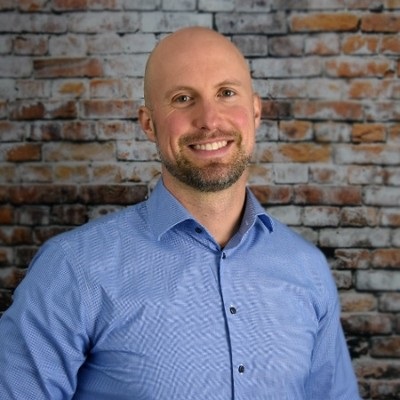Entrepreneur Case Studies
Bootstrapping to $7 Million: Constellix CEO Steven Job (Part 5)
Sramana Mitra: What is the next step in turning this into a real business?
Steven Job: Are you asking me how I took it from there to a million? My way of doing it probably wasn’t the smartest way. My way was to rinse, wash, and repeat. It was doing it over and over again and doing it better.
>>>Bootstrapping to $7 Million: Constellix CEO Steven Job (Part 4)
Steven Job: I would answer any questions. When I answered those questions, I had my name and the name DNS Made Easy on the footer. I would also recommend my services there. It was hours and hours of answering questions and putting my name out there.
I remember when someone said, “What are DNS providers? I’m having problems. Who would you recommend?” I was so excited. I said, “Hey you know what, I launched this new service. Give it a try.”
>>>Bootstrapping from Guwahati: Anjan Pathak, CTO and Co-Founder of Vantage Circle (Part 6)
Sramana Mitra: Tell me a bit about Guwahati. What was it like building this company in Guwahati? You must have a very loyal employee base, right?
Anjan Pathak: Yes, that is the best part. Employee loyalty is high. The attrition rate is low. In the last six months, only one or two people have left, but they left for higher studies. Earlier, we used to lose people because we could not pay well. We are technologically advanced, we use some of the best technologies.
>>>Bootstrapping from Guwahati: Anjan Pathak, CTO and Co-Founder of Vantage Circle (Part 5)
Sramana Mitra: How do the US companies find you or how do you find them?
Anjan Pathak: Three years ago, we started content marketing. We were not sure how to market. We had questions in our minds, “From Guwahati, how do we reach out to the world?”
What we found was that there is this thing called content marketing or blogging. We started hiring good writers. We have good writers and designers in this part of the world. Initially, it was just content. We started about three years back. We are quite good at SEO.
>>>Bootstrapping to $7 Million: Constellix CEO Steven Job (Part 3)
Sramana Mitra: Were you doing this out of Washington DC?
Steven Job: Yes, I used to live in a town called Centerville, a suburb of DC. By 2006, it was at a point where it was making several hundred thousand dollars a year, so I hired my first employees who still work with us today.
>>>Bootstrapping to $7 Million: Constellix CEO Steven Job (Part 2)
Sramana Mitra: What year are we in now?
Steven Job: While I was working those crazy hours, I developed a service called DNS Made Easy. It’s still around today. At that time, I was creating it as a side project where I could make a little extra revenue. It was a passion project.
It all started because I wanted to host a website at home. Back in the day, hosting was not for free, but now you can buy a domain name for ten bucks and get hosting and email for free.
>>>Bootstrapping from Guwahati: Anjan Pathak, CTO and Co-Founder of Vantage Circle (Part 4)
Sramana Mitra: How many companies do you have today?
Anjan Pathak: In India, we almost have all the big IT companies as customers except TCS and IBM. Tata has selected us as their preferred vendor.
Sramana Mitra: What revenue level are you at right now?
>>>Bootstrapping to $7 Million: Constellix CEO Steven Job (Part 1)

If you haven’t already, please study our free Bootstrapping course and the Investor Introductions page.
Steven has built a lean company with 37 people and has scaled it to $7 million. Read on to learn how.
Sramana Mitra: Let’s start at the beginning of your journey. Where are you from? Where were you born and raised? What kind of background did you have?
>>>